Using Reminiscence and Life Review With the Dying
Every human beingness'southward life story is utterly unique - in the history of the planet nobody has e'er shared your exact sequence and range of life experiences or always will once more. That makes your story, and every other human existence's story, special and worth honoring. When people share stories of their lives with others, they may think and speak of details that are especially meaningful to them, whether they are the essential milestones or the fleeting insignificances. Others who shared the original experiences may remember and speak of them divergently. Retentiveness oft works in this individualizing manner The piece of work of theArts Program ofConnecticut Hospice draws forth abundant examples of this. Patients and their family unit members are offered a broad number of activities and therapies which, among many other things, encourage self-expression. Like narratives or aromas, it is well known that color and music are not just capable of evoking powerful emotions merely are too redolent of deeply held memories. Many pages have been written on the ability of music to help dementia patients, for instance, to connect with the past and chronicle to the present. Whether interactions are during music therapy sessions, visual fine art activities, or any other modality, patients nearing the end of their lives almost universally appoint in reminiscence or a form of life review. At a indicate when most of their fourth dimension on earth is behind them, patients inevitably depict on memory to communicate a sense of themselves. There is a need to take stock, to know that life has meant something, and that they accept made, or are still making, their mark. A more structured grade of life review is practiced when patients actively discuss stages of life when prompted by specific questions and areas of focus. This is an important and widespread component of palliative and stop of life care. Life Review at the stop of life has the power to Arts staff and volunteers at CT Hospice practice not always deliberately guide a chat in this way, but patients invariably share with Arts staff and volunteers their Sometimes this is a spontaneous verbal conversation, sometimes it is recorded on video for family members to go on, and sometimes it may exist represented in artwork or written give-and-take. Amanda Salzano, ATR-LPC, staff art therapist, describes the aspect of legacy work she does with patients and family members as follows: Art therapy offers opportunities for a patient to reflect upon his or her meaningful life experiences through art-making. The artistic process transforms personal memories into tangible, visual representations that a patient can choose to share with others. For instance, a patient may choose to create personalized gifts to pass on his or her legacy and wisdom to family and friends, such every bit painting small rocks that represent life lessons and inspirational messages for others to behave with them after the patient has died. Family members may not always exist enlightened of every detail of their loved one'due south life, but are usually very eager to honor and pay homage to them, and they enthusiastically join in sharing family unit stories at the bedside. Each patient and family member remembers something in their ain style, making a patchwork quilt of retentivity, while the stories shared allow them to connect to the person they love before and later they are gone New Oasis-based artistMegan Craig has explored the themes of memory, connection and community, in her project "Retentiveness Edit (I volition never forget…)", commissioned byArtspace forNew Haven Citywide Open up Studios in November 2019. This project explores the miracle of memory through touch on, audio, and motility. The works consist of four fabric banners bundled with graphics and texts in hand-cut felt. Each banner represents memories from one of 4 artists in their 80s and 90s. During the weekend of Citywide Open Studios, sewing groups and individuals helped to hand stitch the felt onto the banners in a collective performance and sewing bee. These works will exist exhibited at Connecticut Hospice in September & October of 2020. "Memory Edit (I will never forget...) began with ideas about the precariousness of memory - how it slips over time. I hoped to create a work that makes retentivity tactile and invites people to collectively secure things in place. Sewing has a long history of being tied to retentivity communities and the product of objects and garments that safeguard memory. Stitching externalizes the internal procedure of committing something to memory, stitch by stitch, until it holds. For this project I began by interviewing iv individuals in their 80s and 90s. Each has led an extraordinary life of creativity. Nosotros talked about their earliest memories of making things (poems, dances, textiles, music, paintings, stage sets, buildings) and virtually their artistic lives. I annotated and edited the interviews to find ascendant images and text. Later, I rendered those pieces in hand-cut felt and worked together with Nick Lloyd to create a sound tapestry of their voices. In the studio I laid out a six-yard train of fabric for each of the interviewees in a color that resonates with something in their story. Gerry'southward banner is green; she told me she had red hair when she was young and always "looked smart in greenish". Alec's banner is blue for his primeval memory of itch on the floor to trace the blue lines on a rug. Susan'south banner is cerise for her cherry-colored pointe shoes. George'south banner is the colour of Louisiana Purple Pod Pole Beans. Memory sits at the juncture of the private and the collective. We have different memories of the same things. But retentivity is also built upwardly over fourth dimension, contradistinct and adjusted, ripped and seamed. Memories, like fabric, tin exist vivid and whole or faded and threadbare. This piece of work is near the possibilities for communal memory and the collaborative gesture of keeping memory intact." For further reading: THE BENEFITS OF REMINISCING
Private Memory
Hospice patients explore the by and present
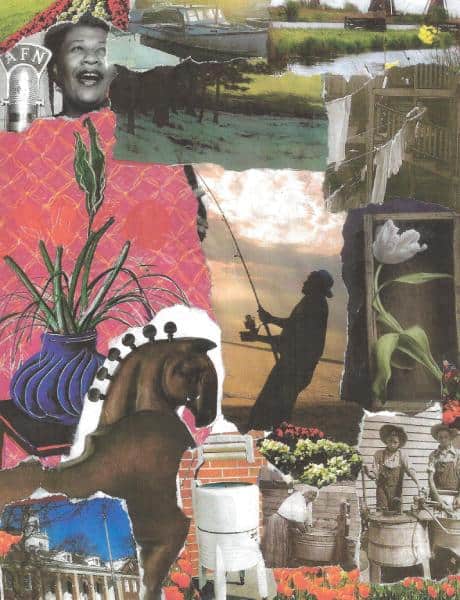
Life Review and Legacy
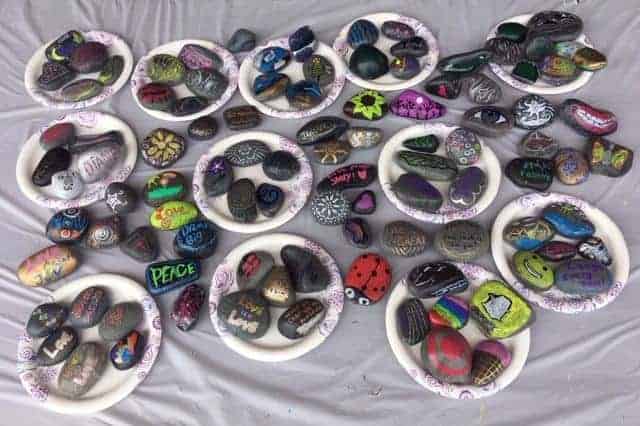
Shared Memories
Memory Edit (I volition never forget...)
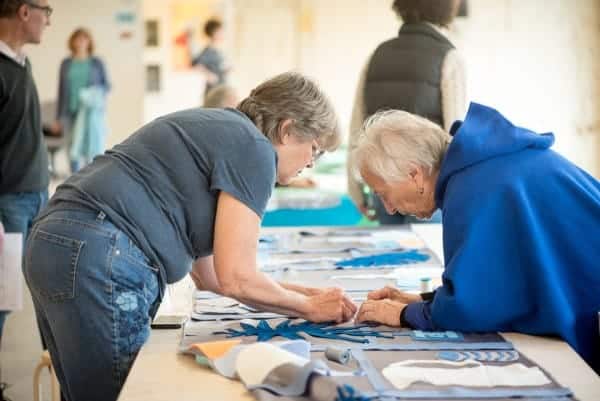

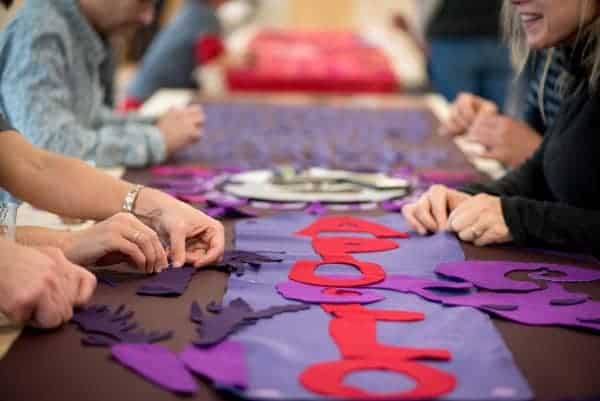
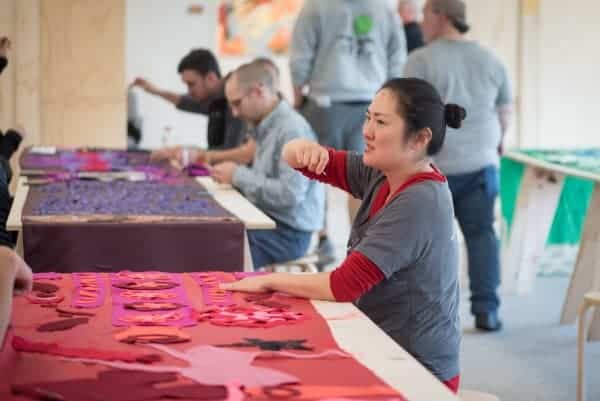
LIFE REVIEW THERAPY
LIFE REVIEW & QUALITY OF LIFE
CONNECTING GENERATIONS
ARTIST MEGAN CRAIG
ARTSPACE NEW HAVEN
CITY-WIDE Open STUDIOS
Subscribe For Resources and Updates from Connecticut Hospice
Links to Contempo Newsletters
Source: https://www.hospice.com/memory-reminiscence-life-review-in-hospice-care/
0 Response to "Using Reminiscence and Life Review With the Dying"
Post a Comment